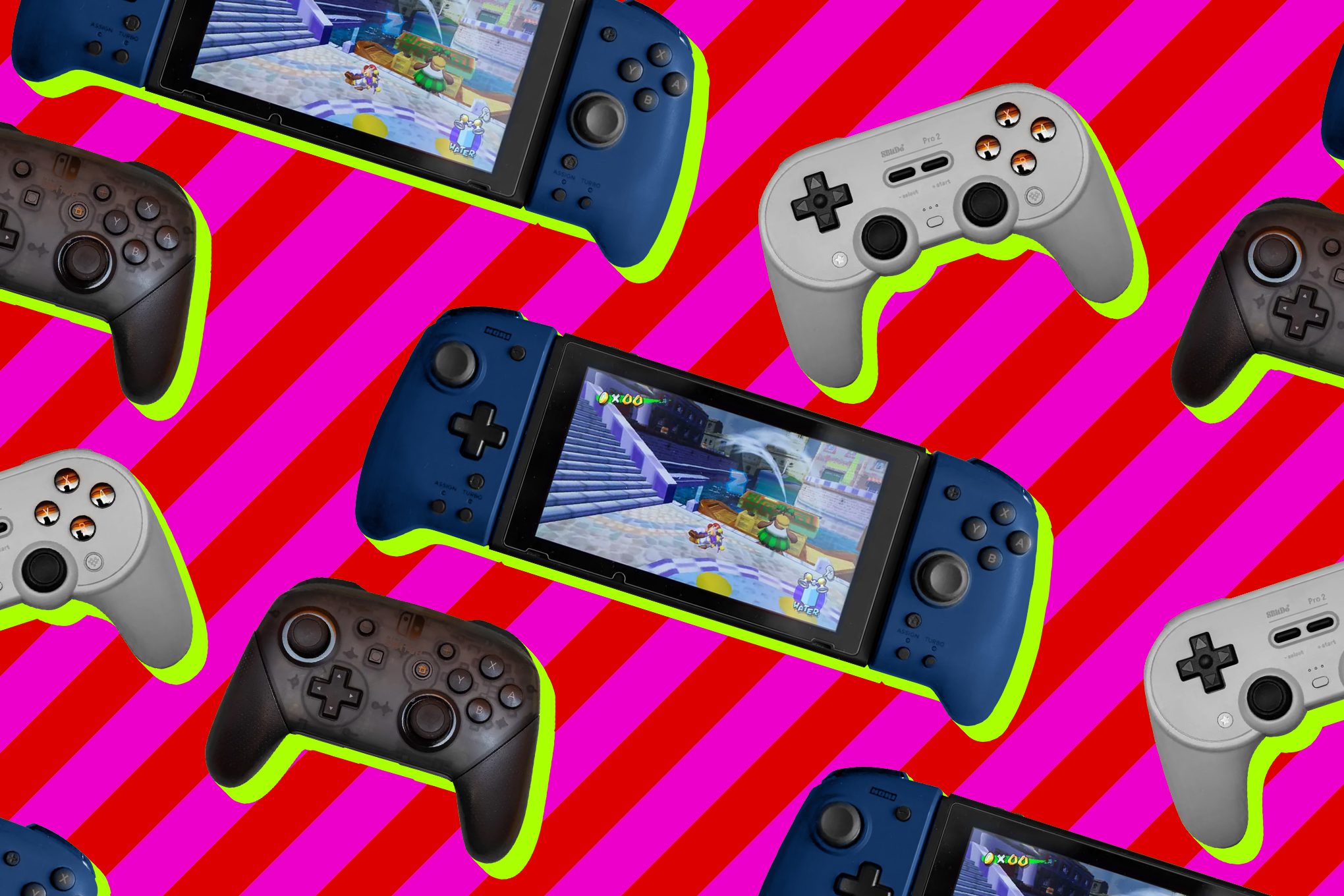
apple s custom wi-fi chip gives the Recent speed tests reveal that Apple’s custom N1 networking chip significantly enhances the Wi-Fi performance of the iPhone 17 family compared to its predecessor, the iPhone 16.
apple s custom wi-fi chip gives the
Overview of the N1 Networking Chip
Apple’s N1 networking chip marks a pivotal advancement in the iPhone 17 series, integrating Wi-Fi 7, Bluetooth 6, and Thread radios into a single component. This integration is designed to optimize connectivity and improve overall device performance. According to Ookla, a leader in internet performance testing, the N1 chip delivers a “clear step-change in real-world Wi-Fi performance” when compared to the Broadcom chip utilized in the iPhone 16 models.
Comparative Performance Analysis
In a comprehensive analysis conducted over a six-week period following the release of the iPhone 17, Ookla’s Speedtest Intelligence data revealed that the median download and upload speeds of the iPhone 17 family were up to 40 percent higher than those of the iPhone 16 family globally. This performance boost is particularly noteworthy given that the N1 chip’s specifications appear “virtually identical” to its predecessor on paper.
Despite being limited to 160MHz channels, which restricts it from fully utilizing Wi-Fi 7’s potential 320MHz channels, the N1 chip’s real-world performance has proven to be impressive. Users have reported that this limitation does not significantly impact their everyday experiences, suggesting that the chip’s optimization for various conditions plays a crucial role in its effectiveness.
Real-World Implications of the N1 Chip
The implications of the N1 chip’s performance are substantial, particularly in terms of user experience. As more consumers rely on their smartphones for streaming, gaming, and other data-intensive activities, the demand for robust and reliable Wi-Fi connectivity continues to grow. The iPhone 17’s enhanced capabilities position it favorably in a competitive market, especially against flagship Android devices.
Performance in Challenging Conditions
One of the most striking findings from Ookla’s analysis is that the N1 chip’s 10th-percentile speeds were 60 percent higher than those of the iPhone 16. This statistic indicates that the performance improvements are even more pronounced in challenging Wi-Fi conditions, such as areas with weak signals or high interference. For users in urban environments or densely populated areas, this enhancement could lead to a noticeably smoother experience when using their devices.
Comparison with Flagship Android Devices
In North America, the iPhone 17 family has outperformed several flagship Android devices, including the Pixel 10 family and the Galaxy S25 family. This is particularly significant given that Wi-Fi 7 devices in the region can utilize up to three 320 MHz channels, which theoretically puts the N1 chip at a disadvantage. However, the iPhone 17 family achieved remarkable median and 90th percentile Wi-Fi download speeds of 416.14 Mbps and 976.39 Mbps, respectively. These figures underscore the N1 chip’s ability to deliver consistent performance even in less-than-ideal conditions.
The Future of Wi-Fi Technology
The advancements in Wi-Fi technology, particularly with the introduction of Wi-Fi 7, are set to reshape how users interact with their devices. Wi-Fi 7 promises to offer faster speeds, lower latency, and improved efficiency, which are critical for applications such as virtual reality, augmented reality, and high-definition streaming. As more routers capable of supporting 320MHz channels become available, the performance landscape will likely evolve further.
Potential Impact on User Experience
For consumers, the implications of these advancements are profound. As more devices become interconnected and the demand for high-speed internet increases, having a smartphone that can effectively manage these demands is essential. The iPhone 17’s N1 chip not only enhances current performance but also positions Apple to adapt to future technological advancements.
Market Reactions and Stakeholder Perspectives
The introduction of the N1 chip has garnered attention from various stakeholders, including tech analysts, industry competitors, and consumers. Analysts have noted that Apple’s investment in custom silicon is a strategic move that allows the company to differentiate its products in a crowded market. By developing proprietary technology, Apple can optimize performance and enhance user experience in ways that competitors may struggle to match.
Competitors in the Android space may need to accelerate their own innovations to keep pace with Apple’s advancements. The performance gap highlighted by Ookla’s findings could prompt other manufacturers to invest more heavily in custom chips or enhance their existing technologies to compete effectively.
Conclusion
In summary, Apple’s custom N1 networking chip represents a significant leap forward in Wi-Fi performance for the iPhone 17 family. With its impressive real-world speed improvements, particularly in challenging conditions, the N1 chip positions Apple favorably against flagship Android devices. As the landscape of Wi-Fi technology continues to evolve, the implications for user experience and market dynamics will be profound. The iPhone 17’s capabilities not only enhance current performance but also set the stage for future advancements in mobile technology.
Source: Original report
Was this helpful?
Last Modified: November 19, 2025 at 12:41 am
2 views















